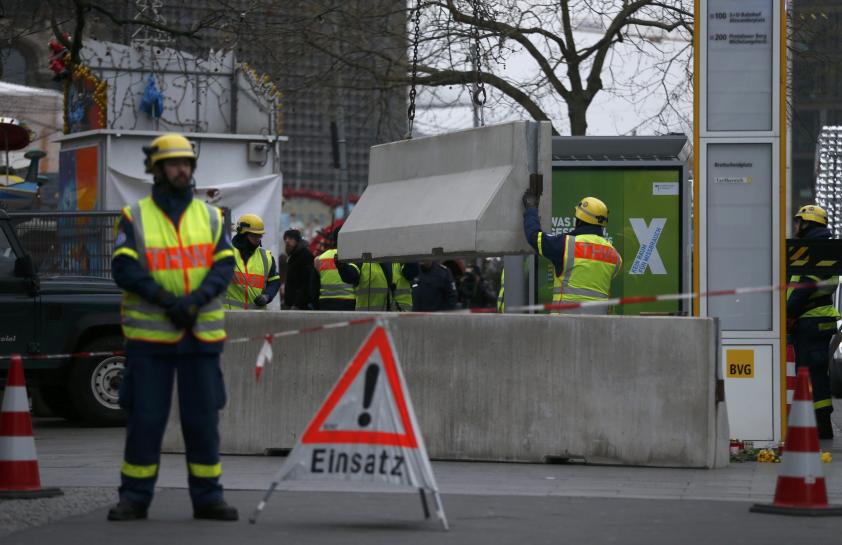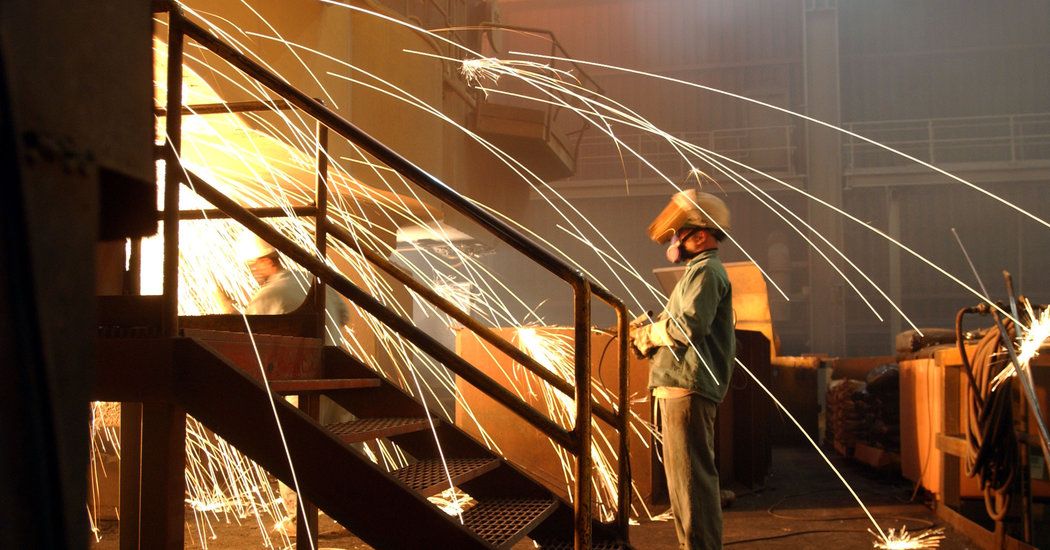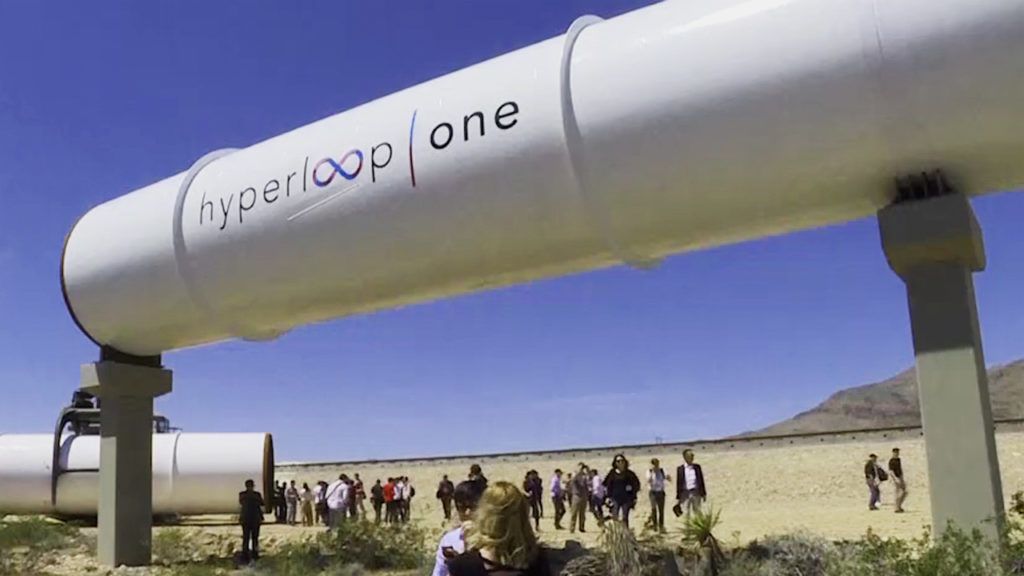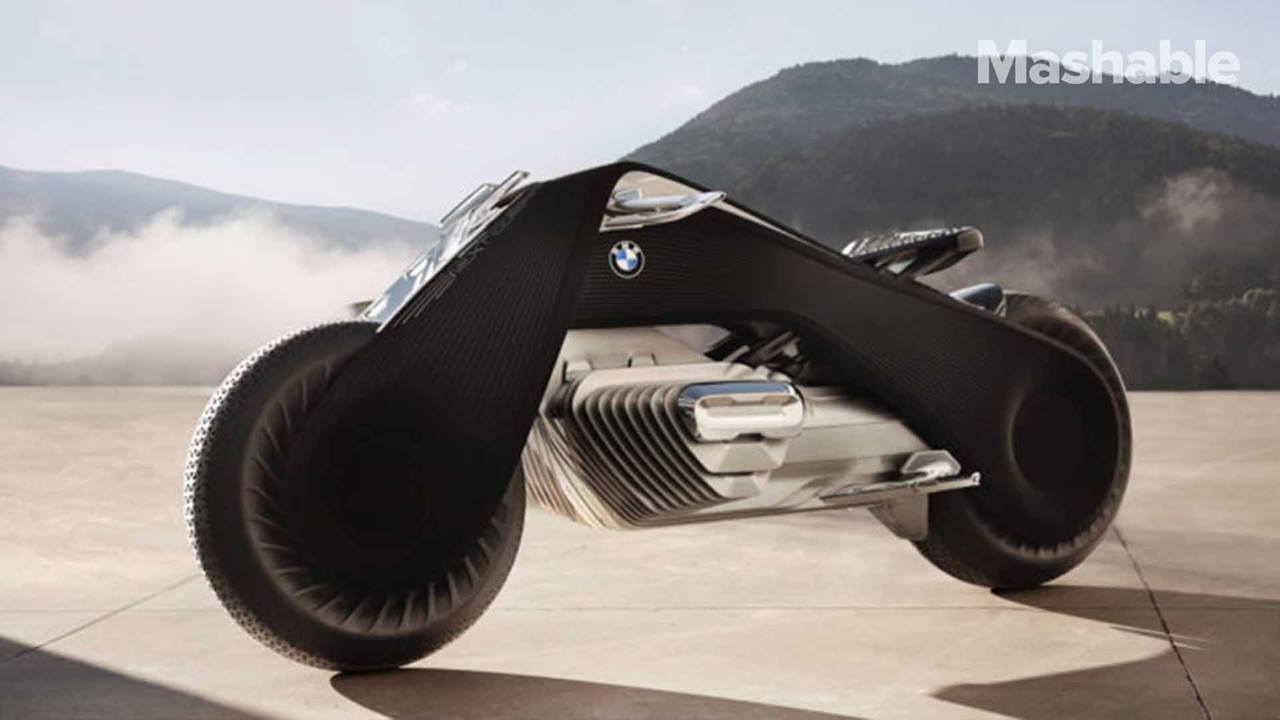The relationship between the government and the auto industry is about to be transformed. But into what?
Eight years ago, that relationship hardly could have been more awkward. Two of the Detroit 3 were begging Congress for a lifeline. The federal government would later fire General Motors’ CEO, orchestrate a bankruptcy of GM and Chrysler and emerge as a shareholder in both — a highly un-American arrangement that would lead to a successful recovery, yes, but also lingering tensions and shame.
The relationship is different now, but it’s not necessarily better. The Obama administration shed the stake in the car companies but has wrapped its tentacles more tightly around the industry in many ways, including strict consent decrees to monitor safety and tough targets for fuel economy and greenhouse gas emissions.









